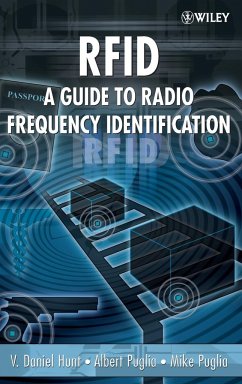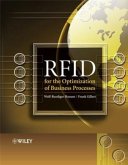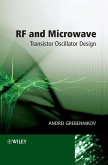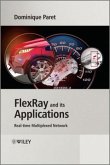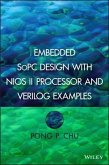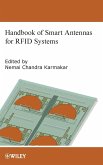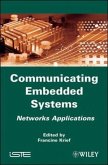A Primer on Radio Frequency Identification (RFID)
This broad overview and guide to RFID technology and its application provides the initial "homework" for the reader interested in better understanding RFID technology and tools. It is written to provide an introduction for business leaders, supply chain improvement advocates, and technologists to help them adopt RFID tools for their unique applications, and provide the basic information for better understanding of RFID.
RFID--A Guide to Radio Frequency Identification describes and addresses the following:
_
How RFID works, how it is used, and who is using it
_
The history of RFID technology, the current state of the art, and where RFID is expected to be taken in the future
_
The role of middleware software to route data between the RFID network and the information technology (IT) systems within an organization
_
The use of RFID technology in both commercial and governmentapplications
_
The role and value of RFID industry standards and the current regulatory compliance environment
_
The issues faced by the public and industry regarding the wide-scale deployment of RFID technology
With the global sales of active RFID systems forecast to grow from $500 million in 2006 to $6.78 billion in 2016, there's more need than ever for a comprehensive guide to RFID that gives practical answers to complex questions about how RFID works, how it's currently being used, and how it may be applied in the future.
RFID--A Guide to Radio Frequency Identification is a one-stop resource for current information on commercial and government applications of RFID technology, with insightful focus on such specific uses as supply chain management, retail and consumer packaging, transportation and distribution of products, pharmaceutical applications, and security and access control.
Hinweis: Dieser Artikel kann nur an eine deutsche Lieferadresse ausgeliefert werden.
This broad overview and guide to RFID technology and its application provides the initial "homework" for the reader interested in better understanding RFID technology and tools. It is written to provide an introduction for business leaders, supply chain improvement advocates, and technologists to help them adopt RFID tools for their unique applications, and provide the basic information for better understanding of RFID.
RFID--A Guide to Radio Frequency Identification describes and addresses the following:
_
How RFID works, how it is used, and who is using it
_
The history of RFID technology, the current state of the art, and where RFID is expected to be taken in the future
_
The role of middleware software to route data between the RFID network and the information technology (IT) systems within an organization
_
The use of RFID technology in both commercial and governmentapplications
_
The role and value of RFID industry standards and the current regulatory compliance environment
_
The issues faced by the public and industry regarding the wide-scale deployment of RFID technology
With the global sales of active RFID systems forecast to grow from $500 million in 2006 to $6.78 billion in 2016, there's more need than ever for a comprehensive guide to RFID that gives practical answers to complex questions about how RFID works, how it's currently being used, and how it may be applied in the future.
RFID--A Guide to Radio Frequency Identification is a one-stop resource for current information on commercial and government applications of RFID technology, with insightful focus on such specific uses as supply chain management, retail and consumer packaging, transportation and distribution of products, pharmaceutical applications, and security and access control.
Hinweis: Dieser Artikel kann nur an eine deutsche Lieferadresse ausgeliefert werden.
"This is a well written primer that should be in the library of any engineer, as well as non engineers and decision makers, involved in the implementation and application of RFID in any domain." ( IEEE Antennas and Propagation Magazine , August 2008) "A consultants overview of a difficult field has large dissemination and awareness potential; from that point of view, this volume is a well balanced one." ( Computing Reviews , February 4, 2008)

